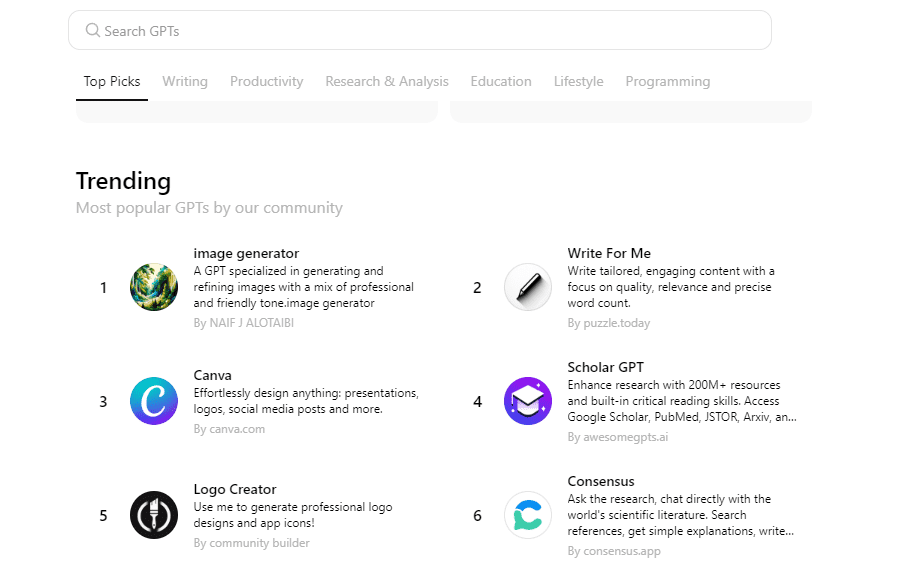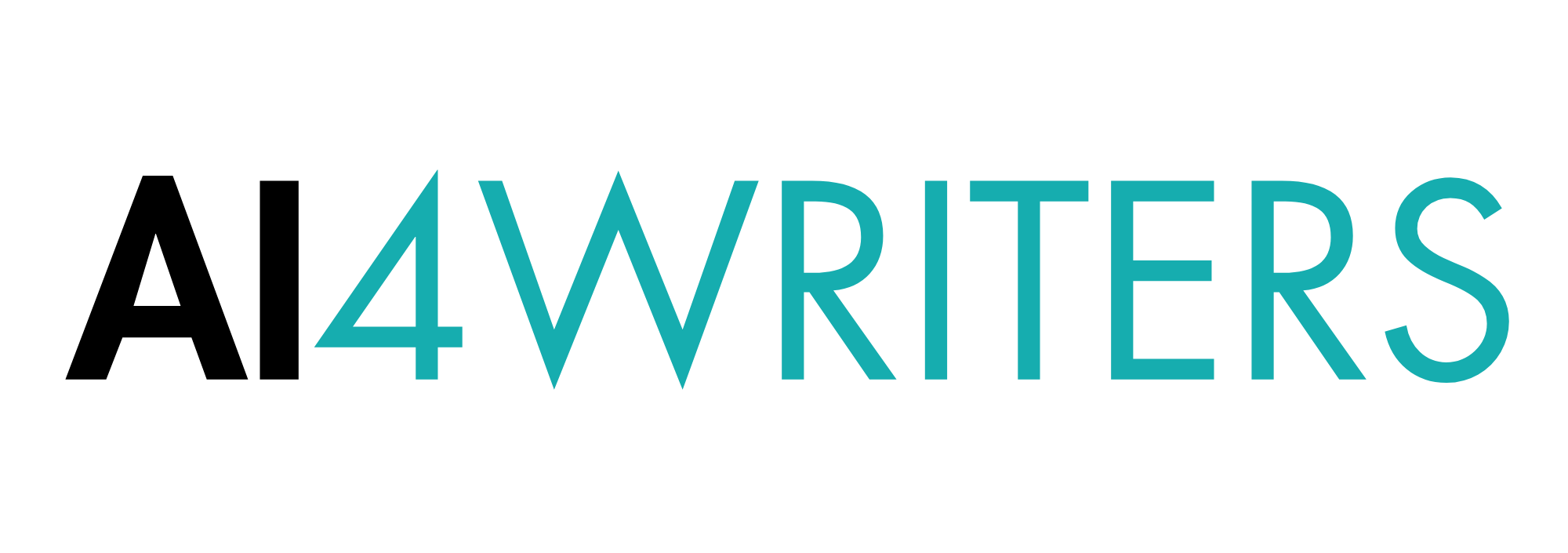The world of AI is constantly evolving, and with the rise of custom GPTs, content creators have even more powerful tools at their disposal. But how do these custom models differ from the standard ChatGPT experience? In this post, we’ll explore the key distinctions, benefits, and use cases to help you make informed decisions about your content creation process.
What Are Custom GPTs?
Custom GPTs are tailored versions of the general ChatGPT model, specifically designed to suit individual or business needs more closely than the generic ChatGPT. While ChatGPT is a powerful conversational AI trained to respond to a wide range of queries and topics, custom GPTs allow you to refine and personalize the AI’s behavior, knowledge, and style to better fit your unique goals. Here’s a breakdown of what exactly custom GPTs are and how they differ from standard ChatGPT:1. Purpose and Use Case
ChatGPT: This is a general-purpose AI assistant built to handle a wide range of questions and tasks, from casual conversations to more detailed explanations on various topics. Custom GPTs: These are versions of ChatGPT adapted to meet specific needs, like assisting with content creation, customer support, or industry-specific insights. For instance, a custom GPT for a real estate agent could be designed to answer questions about property listings, provide information on the housing market, or even help draft client emails.2. Customization of Behavior
ChatGPT: The responses from ChatGPT follow a general conversational tone and knowledge base and are not specifically adapted to any individual or business style. Custom GPTs: With custom GPTs, you can modify how the AI responds. You can specify preferred tone, adjust detail levels, and even create rules for certain topics or questions. For example, if you’re a fashion blogger, you might set your custom GPT to be more trend-focused and descriptive, giving it prompts to enhance engagement with your style and tone. Learn more in my article How to Make ChatGPT Write Like You.3. Specialized Knowledge and Data Integration
ChatGPT: While ChatGPT is informed by general internet knowledge up until its knowledge cutoff, it doesn’t have any real-time or industry-specific knowledge unless updated by OpenAI. Custom GPTs: You can incorporate your own materials or data (like product catalogs, company policies, or industry-specific insights), allowing the GPT to provide more informed responses. For example, a custom GPT designed for a cooking blog could have access to your unique recipes, cooking tips, and ingredient substitutions, enabling it to respond accurately and consistently within your content area.4. Enhanced Workflow Features
ChatGPT: Offers a general interface with basic functionalities but doesn’t provide direct automation or task-specific configurations. Custom GPTs: Many custom GPT setups can streamline tasks unique to your workflow, like automating responses for FAQs, generating SEO-friendly keywords, or assisting in generating social media content. They can even be configured to perform step-by-step processes, like creating outlines or editing documents, more in line with your specific needs.5. Learning from User Interactions
ChatGPT: Responds based on its training data but does not adapt to individual preferences over time unless fine-tuned by OpenAI directly. Custom GPTs: Depending on the platform and permissions, custom GPTs can be set to “learn” from your inputs. This means they can become better aligned with your style, voice, and content preferences, improving response quality and relevance the more they’re used.6. Access to API and Advanced Integrations
ChatGPT: Available primarily as a standalone tool without integration into other platforms. Custom GPTs: Often come with API support and can integrate with other software and tools, making them highly flexible. You could, for instance, connect your custom GPT with a content management system (CMS), automate responses on social media, or set it up to respond to customer support tickets with specialized knowledge.How to Start Using Custom GPT’s?
You can create or find custom GPTs directly within your Chat GPT profile. Here’s how you can access and start using Custom GPTs:1. Explore Existing Custom GPTs in your ChatGPT Profile
Steps to Explore Custom GPTs: Open your ChatGPT app (or access via chat.openai.com). Look for the Explore GPTs option in the app’s menu. Browse through the catalog to find GPTs relevant to your needs and try them out directly.
2. Create Your Own Custom GPT
If you have specific needs that require a tailored solution, you can create your own custom GPT. This allows you to specify behaviors, upload specialized data, and set the tone to match your style or brand voice. Steps to Create a Custom GPT:-
- Log in to the OpenAI platform at chat.openai.com.
-
- Select the Custom GPTs option in the app to start the creation process.
-
- Follow the prompts to adjust settings, add relevant data, and specify the tasks your GPT should handle.




